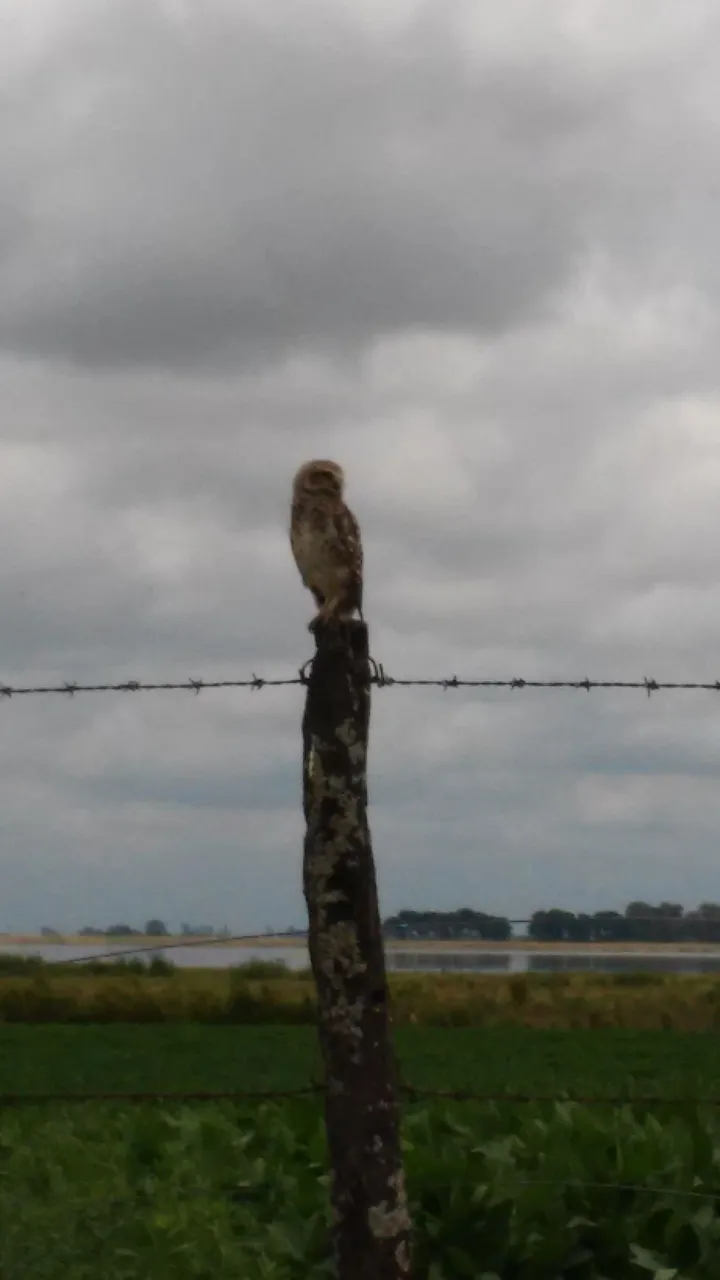
It is well known that Argentina with its almost three million square kilometers in its continental area has a great climatic and geographic diversity, thus allowing the presence of (almost) all the ecoregions available on Earth.
And within the fauna, more than a thousand specimens have been detected.
Today I want to talk to you about one that is synonymous with the so-called "humid pampas" and includes the provinces of Buenos Aires and part of La Pampa, Cordoba and Santa Fe. If we look at the map, it includes the entire central part of the country.
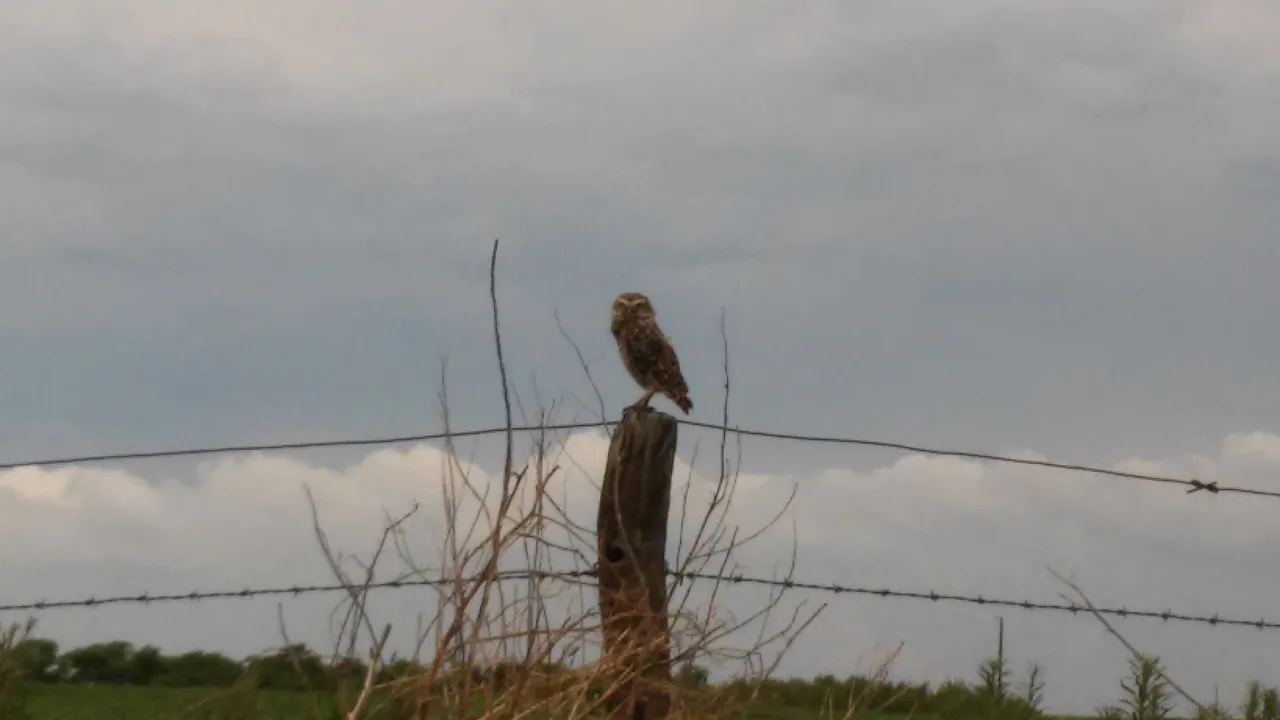
Es sabido que Argentina con sus casi tres millones de kilómetros cuadrados en su área continental posee una gran diversidad climática y geográfica permitiendo de esta manera la presencia de (casi) todas las ecoregiones disponibles en la Tierra.
Y dentro de la fauna se han detectado más de mil ejemplares.
Hoy quiero hablarles de una que es el sinónimo de la llamada "pampa húmeda" y que comprende las provincias de Buenos Aires y parte de La Pampa, Córdoba y Santa Fe. Si miramos el mapa comprende toda la parte central del país.

And within this region there is a bird that can be found at any time, in any place, standing on the top of the wire fence posts that dot the vast expanses of countryside in these provinces.
Solitary, watchful, always attentive and sometimes motionless, it plays an important role in controlling the various vermin in all the open landscapes of America where there are pastures, agricultural areas or any other area with low vegetation or shrubs.
It is actually a small, long-legged owl that nests and roosts in burrows (caves) dug by other animals and abandoned.

Y dentro de esta región hay un ave que la encontramos a todo momento, en cualquier lugar, parada encima encima de los postes de alambrado que roedan las extensiones extensiones de campo de estas provincias.
Solitaria, vigía, siempre atenta y a veces inmóvil cumple una función importante en el control de las diversas alimañas en todos los paisajes abiertos de América donde haya pastizales,áreas agrícolas o cualquier otra área con vegetación baja o arbustos.
En realidad es un búho pequeño y de patas largas que anida y descansa en madrigueras (cuevas) excavadas por otros animales y abandonadas.
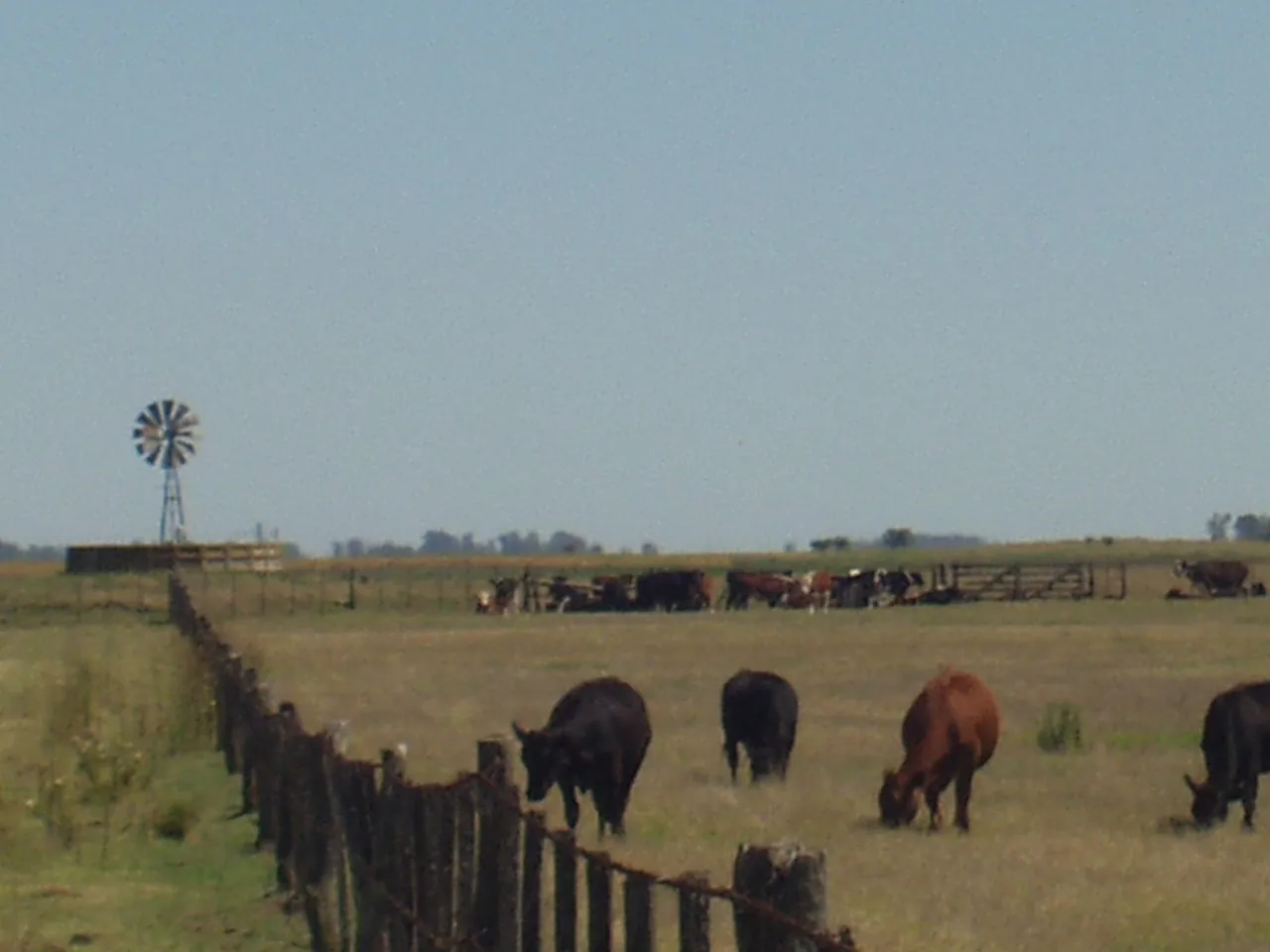
Although they remain active throughout the day, it is rare to see them during the summer during the hottest hours. Instead they are a constant presence during the evening and part of the night.
They feed on small mammals such as field mice, bats, reptiles, birds and insects, constituting an important element of control in nature, giving the right balance to the development of some species considered as pests.
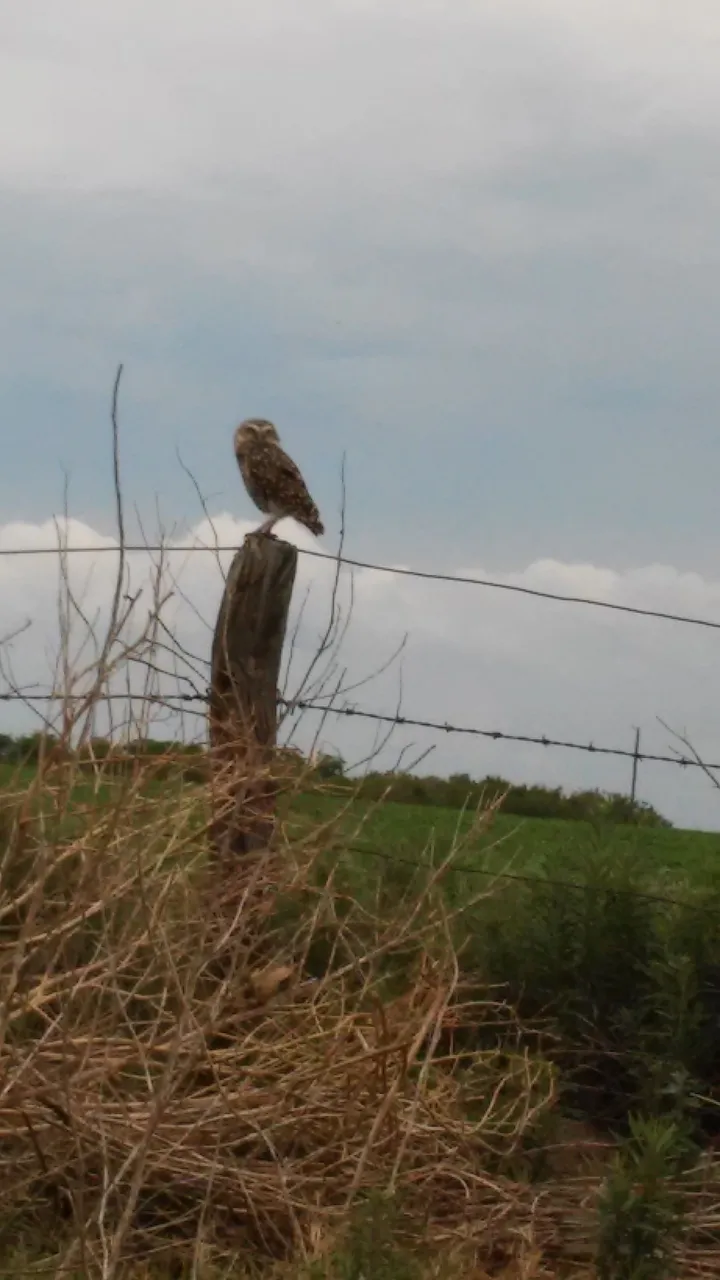
A pesar de que permanecen activas durante todo el día es raro verlas durante el verano en las horas de mayor calor. En cambio son una presencia constante durante el atardecer y parte de la noche.
Se alimenta de pequeñs mamíferos como ratones de campo, murciélagos, reptiles, aves e insectos constituyendo un importante elemento de control en la naturaleza dando el justo equilibrio al desarrollo de algunas especies consideradas como plagas.
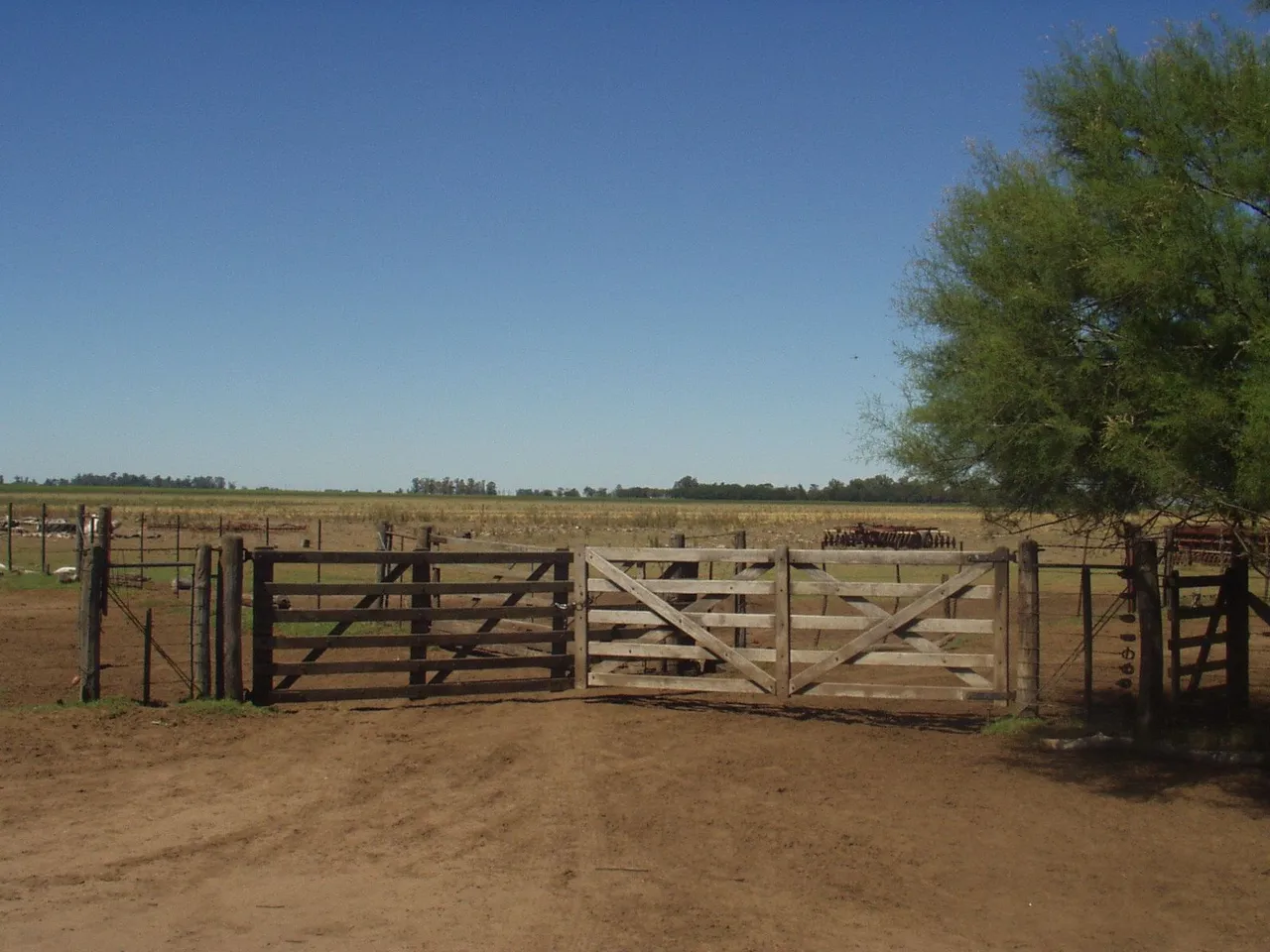
In spite of being a very useful bird for agriculture in general, its silent and somewhat ghostly flight (not even the flapping of its wings can be heard, but only when it captures prey), together with its somewhat sinister song, especially at night, have made it the subject of myths and superstitions.
Its name derives from the Greek obolydsein, and means weeping or moaning, hence part of the superstition has its origin in the fact that, upon hearing its song, some associate it with sadness or misfortune.
Popular ignorance and the so-called "soothsayers" contributed to this theory as early as the Middle Ages when they argued that it was a bird that foretold misfortune and desolation.
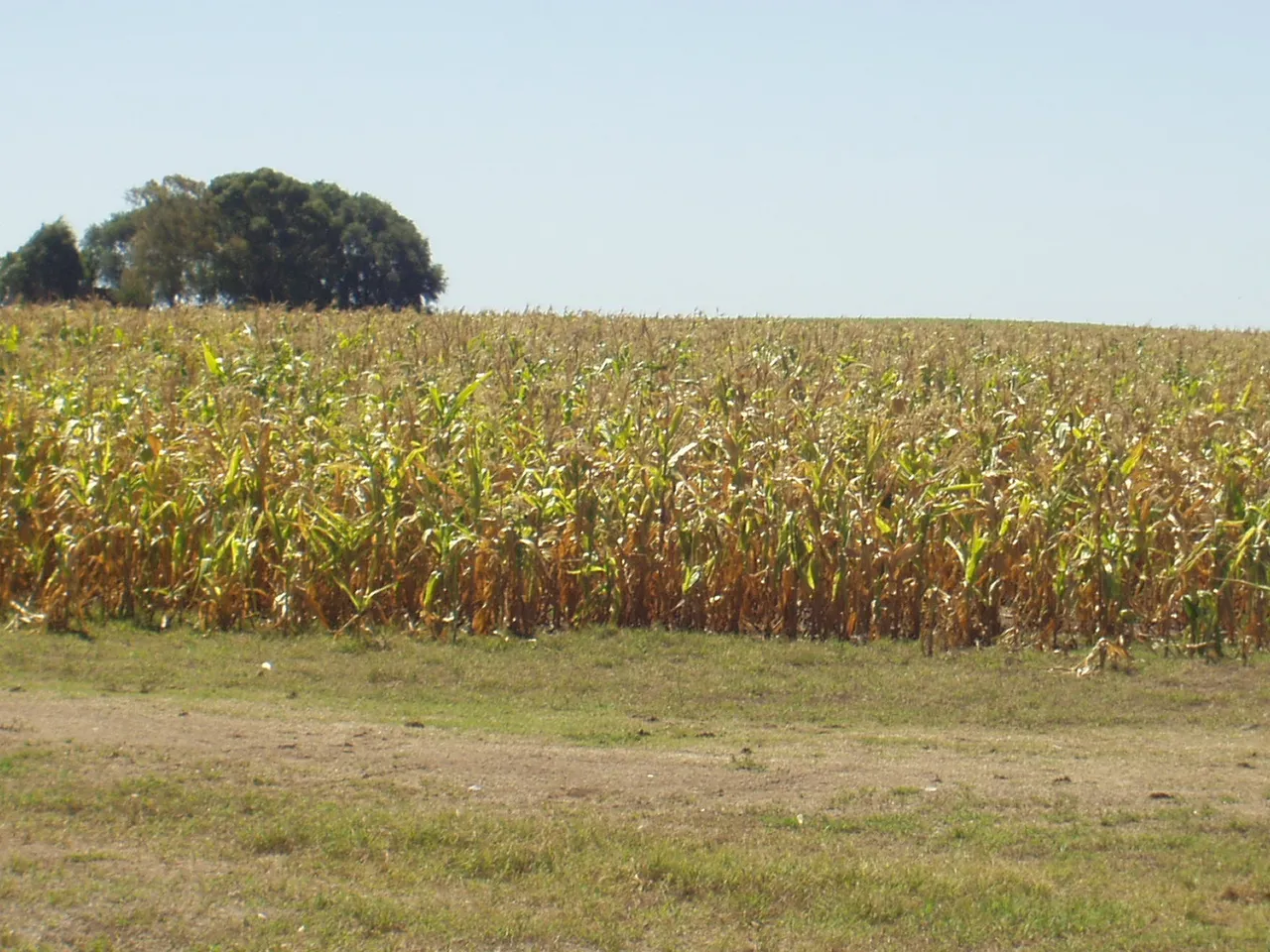
A pesar de ser un ave muy útil para la agricultura en general su vuelo silencioso y en cierta forma fantasmagórico (no se escucha ni siquiera el aletear de sus alas sino solo cuando captura una presa) sumado a su canto especialmente nocturno algo siniestro, la han hecho objeto de mitos y supersticiones
Su nombre deriva del griego obolydsein, y significa llanto o gemido de ahì que parte de la superstición tiene su origen en que, al sentir su canto, algunos lo asocian a la tristeza o a una desgracia.
La ignorancia popular y los llamados "adivinos" contribuyeron a esta teoría ya desde la Edad Media cuando sostenían que era un ave que presagiava desgracias y desolación.

The best way to observe them is in the afternoon twilight, at that time of day when the sun sets in the Pampean sunset and the first twilight of the night comes in.
Perhaps because it is the time when its eyesight is sharpened and it reaches the best performance to detect its prey.
And also because it suffers the intense heat.
It is a pity that such a useful and harmless bird is feared and even despised by many people.
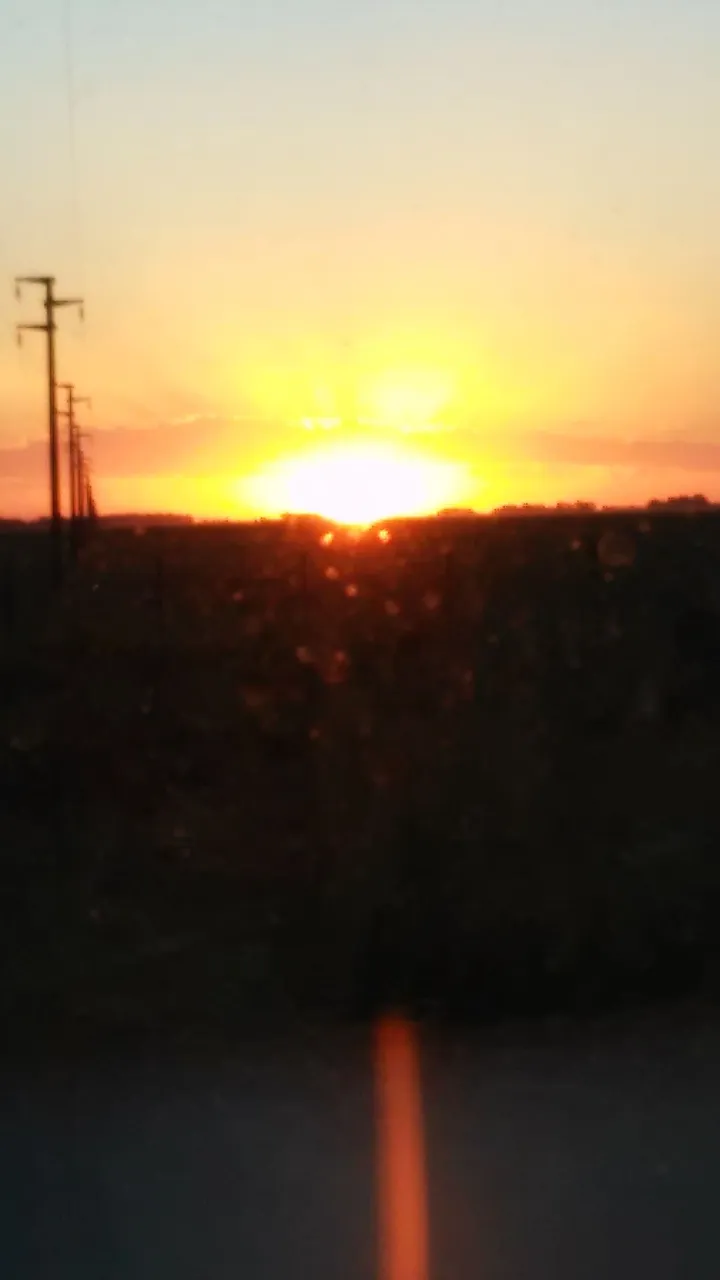
La mejor manera de observarlas es en el crepúsculo de la tarde, a esa hora que coincide el ocultarse del sol en el atardecer pampeano y el entrar de las primeras penumbras de la noche.
Tal vez porque es el momento en que su vista se agudiza y alcanza la mejor performance para detectar sus presas.
Y también porque sufre el calor intenso.
Es una pena que un ave tan útil e inofensiva sea temida e incluso despreciada por muchas personas.
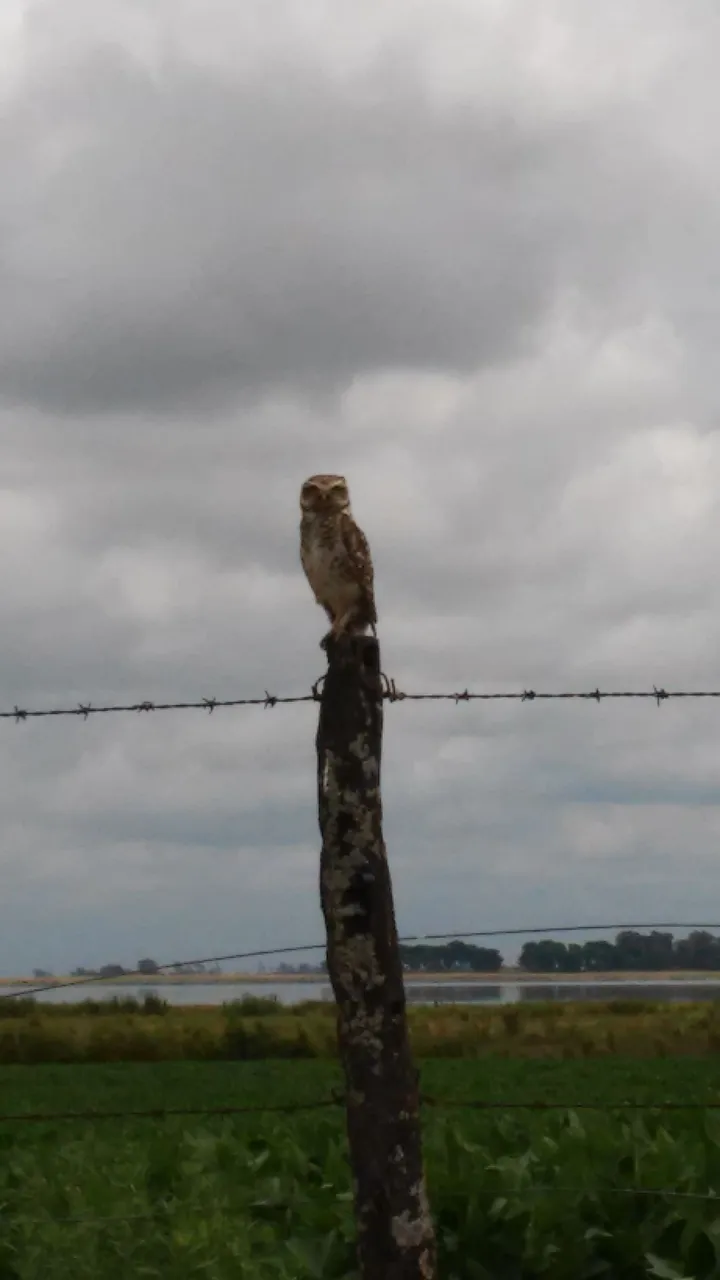
However, not all the ideas that revolve around this animal have to do with fear.
There are many poetic sources that allude to the owl (in general to the owl) as an inspiring source of wisdom even if we go back to the origins of Greece itself. The owl appears as an integral part of the coat of arms of Athens and even figured among its coins as an object of veneration by the Athenians.
A bird to take care of and not to chase, not even in thought.
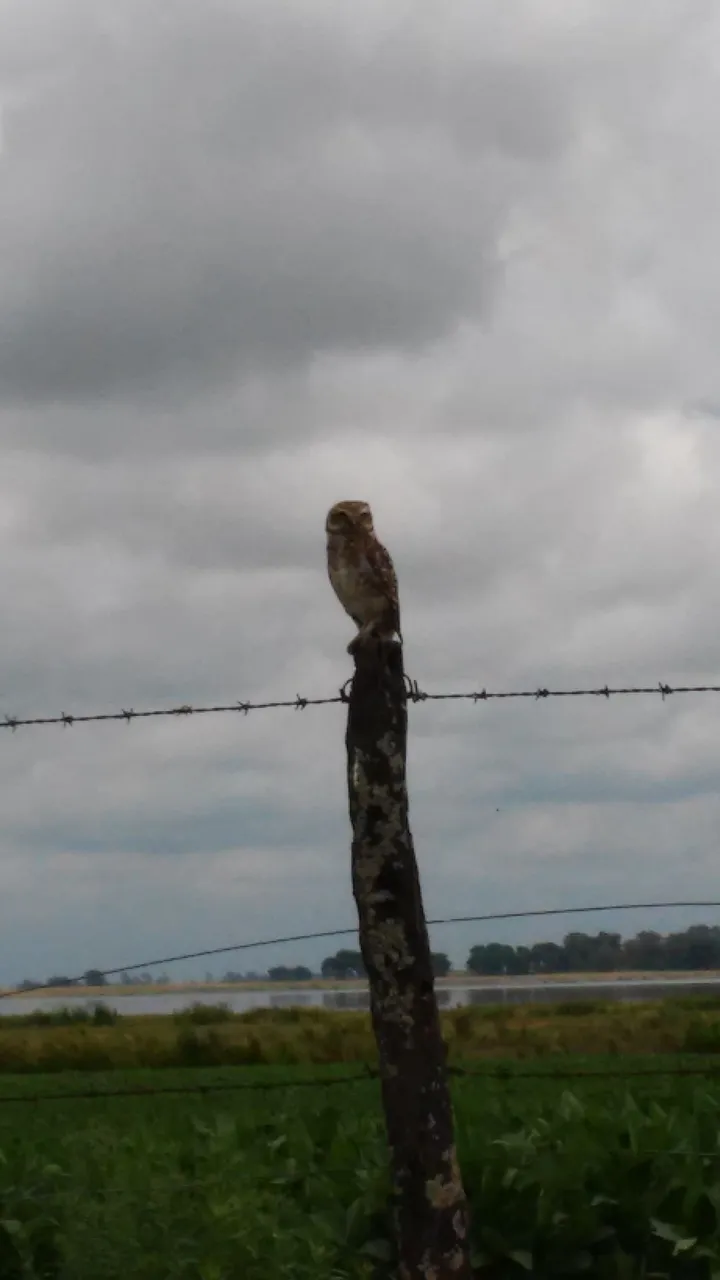
Sin embargo no todas las ideas que giran en dirección a este animal tienen que ver con el temor.
Hay muchas fuentes poéticas que aluden a la lechuza (en general al búho) como fuente inspiradora de sabiduría incluso si nos remontamos hasta los orígenes de la misma Grecia. La lechuza aparece como parte integrante en el escudo de Atenas e incluso figuraba entre sus monedas siendo objeto de veneración por parte de los atenienses.
Un ave para cuidar y no para perseguir, ni siquiera con el pensamiento.
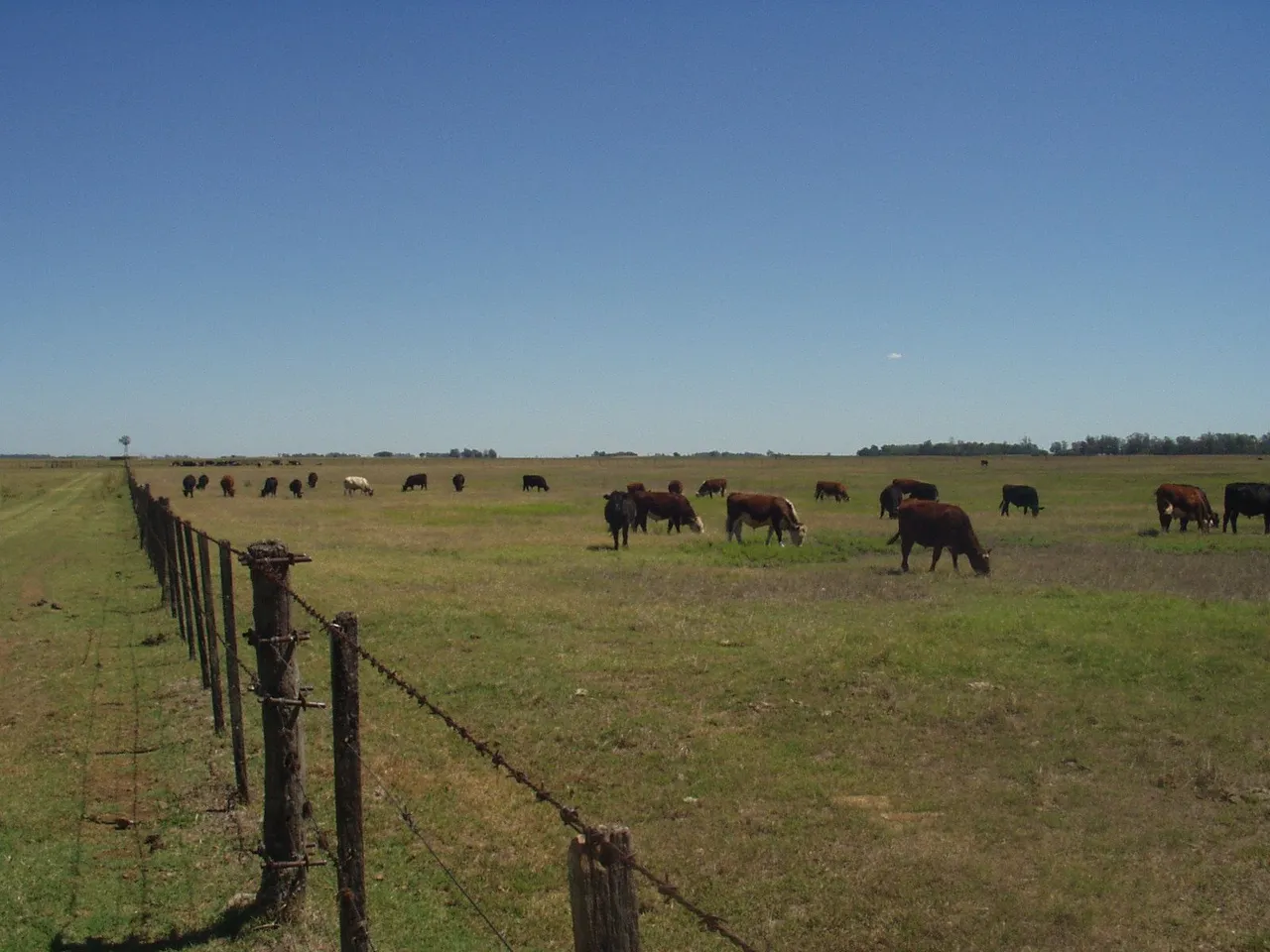
Thanks for reading! / Gracias por leer!!
